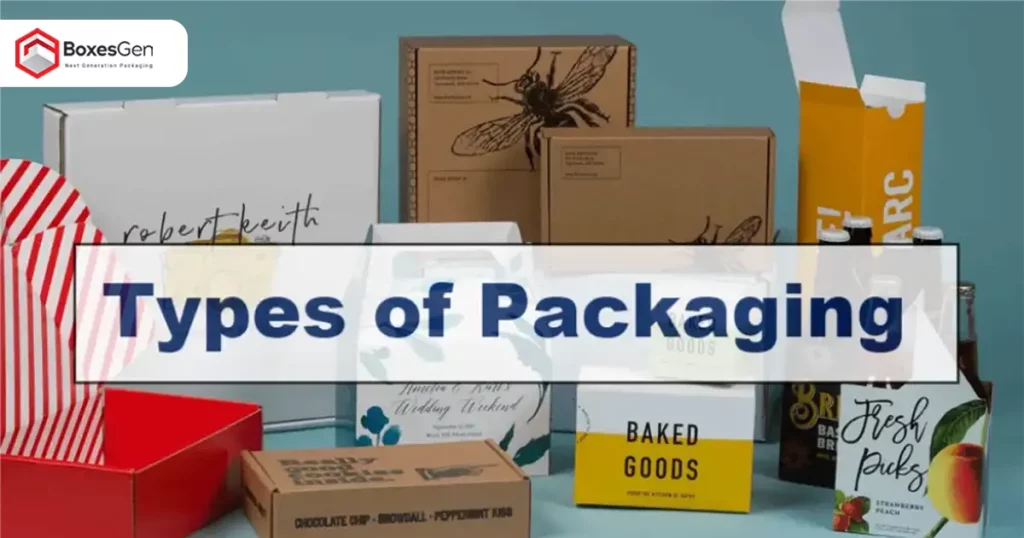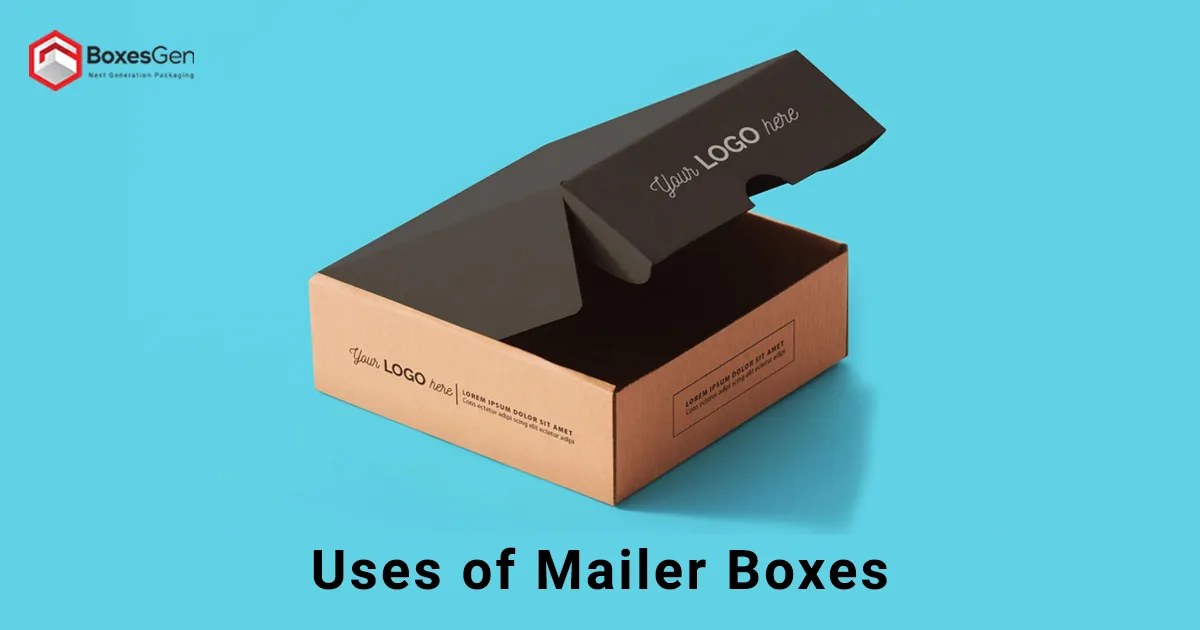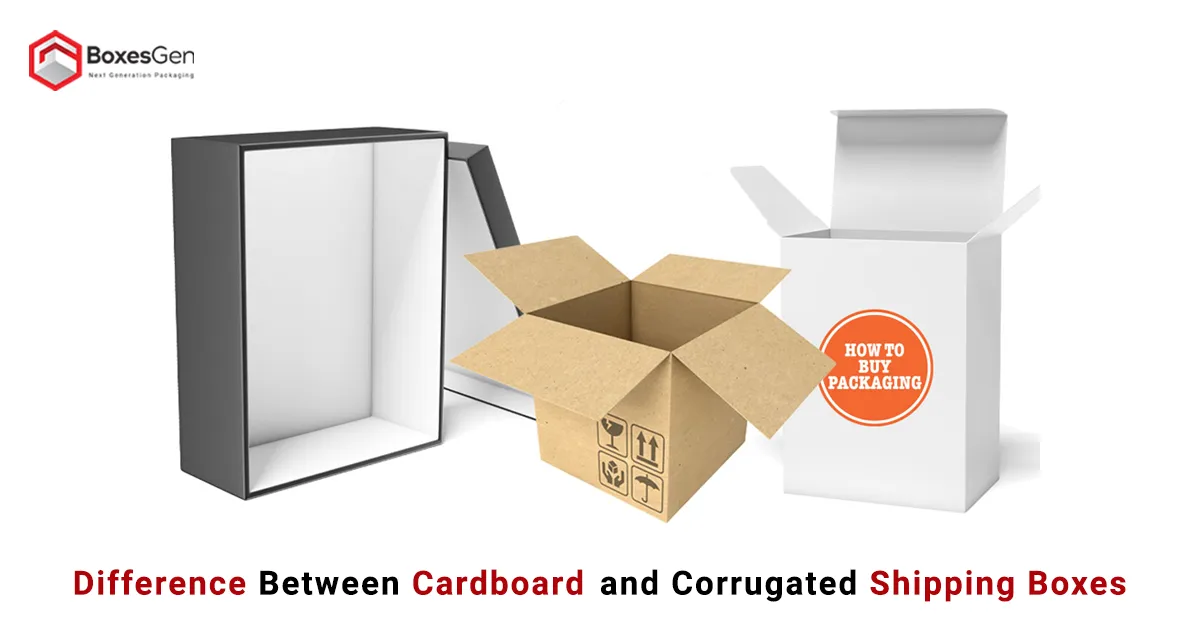Types of Packaging
Packaging plays a crucial role in our daily lives, serving as a protective barrier, an information carrier, and a means of convenience. Understanding the different types of packaging is essential for businesses and consumers alike. This article categorizes the vast packaging landscape into primary, secondary, tertiary, and ancillary types.
Primary Packaging
Primary packaging is the first layer that directly encases the product. Common materials for primary packaging include Glass, plastic, paperboard, and metal. Glass is renowned for its durability and ability to preserve the product’s integrity. Conversely, plastic offers versatility and is lightweight, making it a popular choice for various industries. Paperboard is often used for items like cereal boxes, providing a lightweight and eco-friendly option. Metal packaging is durable, ensuring the product’s safety and longevity.
Corrugated Cardboard
Corrugated cardboard is a versatile material widely employed in secondary and tertiary packaging. Its strength, durability, and cost-effectiveness make it a popular choice for shipping boxes and cartons. The distinctive corrugated structure increases rigidity, providing adequate protection to the enclosed products during transit. The use of corrugated cardboard boxes is not limited to just packaging; it also finds applications in display stands and promotional materials due to its printability and customizability.
Secondary Packaging
Secondary packaging is the outer layer that protects the primary packaging during transportation and handling. It is an additional defense against external factors such as physical damage and environmental conditions. Examples of secondary packaging include trays, boxes, and bags. Trays offer structural support, especially for fragile items, commonly used in the food industry. Food boxes, made from materials like chipboard or paperboard, provide additional protection and facilitate easy storage. Bags, made of various materials, including plastic and paper, offer a lightweight and flexible solution for packaging a wide range of products.
Tertiary Packaging
Tertiary packaging facilitates bulk handling, storage, and transportation of multiple secondary packages. Pallets, crates, and bulk containers are common forms of tertiary packaging. Pallets are flat structures that stack and transport goods efficiently, reducing handling costs. Crates, made of wood or plastic, are sturdy containers with multiple secondary packaging units. Bulk containers are large Custom Packaging Boxes or bins that streamline the logistics process, ensuring efficient movement of goods in bulk quantities.
Ancillary Packaging
Ancillary packaging includes materials that support the overall Packaging Process but may not directly encase the product. Custom labels, inserts, and protective materials fall under this category. Labels convey crucial information about the product, including ingredients, usage instructions, and branding. Custom Inserts provide additional details or promotional material inside the packaging. Protective materials, such as bubble wrap or foam inserts, protect fragile items during transportation. These ancillary elements contribute to the overall functionality and appeal of the packaging.
Glass
Glass packaging is renowned for its premium quality and ability to preserve the taste and freshness of products. It is commonly used for beverages, food items, and cosmetics. Glass is inert and impermeable, preventing product and packaging interaction. Its transparency allows consumers to inspect the contents, fostering trust. However, the weight and fragility of Glass can be drawbacks in terms of transportation costs and breakage risk.
Paperboard
Paperboard, a thick paper type, is widely used in packaging due to its versatility and sustainability. Paperboard boxes are commonly used for various products, offering a lightweight yet sturdy solution. The material is printable, allowing for vibrant and customized designs. It is also recyclable, contributing to environmental sustainability. Paperboard’s versatility makes it suitable for both primary and secondary packaging, catering to diverse industries.
Rigid Boxes
Rigid boxes, also known as setup boxes or Gift Boxes, are characterized by their sturdy and durable construction. These boxes are often used for high-end or luxury products, providing an upscale presentation. Rigid Boxes can be customized with various Premium Finishes, such as embossing or foil stamping, increasing their aesthetic appeal. While they may be costlier than other packaging options, rigid boxes create a memorable unboxing experience, adding value to the product.
Chipboard
Chipboard, made from recycled paper fibers, is an eco-friendly packaging option. It is commonly used for secondary packaging, providing a cost-effective and sustainable solution. Chipboard boxes are lightweight yet durable, making them suitable for various products. The material’s versatility allows easy customization, adapting to different shapes and sizes. Chipboard’s environmentally friendly attributes align with the growing consumer demand for sustainable packaging choices.
Paper
Paper packaging, including paper bags and envelopes, is a widely used and recyclable option. Paper bags are popular for Retail Packaging, offering an eco-friendly alternative to plastic bags. Envelopes, commonly used for mailing documents, come in various sizes and can be sealed securely. Paper packaging is lightweight, cost-effective, and easily customizable, making it suitable for diverse products.
Plastic
Plastic packaging is pervasive in various industries due to its versatility, lightweight nature, and cost-effectiveness. It can be molded into different shapes and sizes, accommodating many products. Plastic packaging provides excellent visibility, allowing consumers to see the contents easily. However, concerns about plastic pollution and environmental impact have led to increased scrutiny, prompting the exploration of more sustainable alternatives.
Bags
Plastic bags, commonly used for packaging groceries and retail items, are lightweight and cost-effective. They are convenient for retailers and consumers, but their environmental impact has pushed for alternatives. Biodegradable and reusable bags aim to address these concerns, offering more sustainable options for packaging.
Trays
Trays, typically made of plastic or foam, serve as secondary packaging for food items and other products. They provide structural support, preventing items from shifting or getting damaged during transportation. Plastic trays are lightweight and durable, while foam trays offer insulation properties. Both types contribute to the overall protection and presentation of the products they contain.
Corrugated Fiber Board
Corrugated fiberboard, commonly called cardboard, is a versatile and widely used packaging material. It consists of a fluted inner layer between two flat outer layers, providing strength and rigidity. Corrugated fiberboard is popular for shipping boxes, Product Displays, and retail packaging. It is easily customizable, printable, and cost-effective, making it a go-to option for various industries.
Metal
Metal packaging, such as cans and tin containers, offers durability and excellent product protection. Cans, made of aluminum or steel, are widely used for beverages, food items, and aerosol products. Metal provides a strong barrier against light, air, and moisture, ensuring the product’s longevity. While metal packaging is recyclable, its weight can increase transportation costs.
Pallets
Pallets play a crucial role in tertiary packaging, facilitating the efficient handling and transportation of goods in bulk. They provide a stable base for stacking and securing multiple secondary packaging units. Pallets come in various materials, including wood, plastic, and metal. Wood pallets are traditional and widely used, but plastic pallets offer advantages such as durability, hygiene, and ease of cleaning. Metal pallets are sturdy and suitable for heavy loads.
Wood
Wooden packaging, including crates and pallets, has been a staple in the packaging industry for centuries. Wood provides strength, durability, and a rustic aesthetic. Wooden crates offer a robust solution for transporting and storing various products, particularly those that require ventilation. Despite its traditional appeal, concerns about deforestation and the environmental impact of wood packaging have led to increased exploration of alternative materials.
Aseptic Cartons
Aseptic cartons are a type of packaging specifically designed to preserve the freshness of liquid products without refrigeration. These cartons, often used for beverages like milk and juice, consist of paperboard, plastic, and aluminum layers. The layers create a barrier against light, air, and contaminants, ensuring the product’s extended shelf life. Aseptic cartons are lightweight, convenient, and eco-friendly, making them popular for various liquid products.
Flexible Packaging
Flexible packaging encompasses various materials, including plastic films, pouches, and bags. It is characterized by its flexibility, allowing it to conform to the product’s shape. Flexible packaging is lightweight, cost-effective, and offers excellent barrier properties, protecting the contents from external factors. It is commonly used for snacks, condiments, and other consumable products. The versatility of flexible packaging makes it suitable for various industries, contributing to its widespread adoption.
Boxes
As a generic term, boxes refer to containers made from various materials such as cardboard, paperboard, plastic, and metal. Depending on their purpose and design, they serve as primary, secondary, or tertiary packaging. Custom boxes come in different shapes and sizes, catering to the specific needs of the products they encase. Customization options like printing and labeling allow businesses to create unique and Branded Packaging Solutions.
Paperboard Boxes
Paperboard boxes, made from thick paper material, are commonly used for secondary packaging. They balance strength and weight, protecting the product without adding unnecessary bulk. Paperboard boxes are versatile and can be customized with various finishes and printing options. They are suitable for various products, from cosmetics to electronics, making them popular across industries.
Aluminum
Aluminum packaging, particularly cans and foil, is widely used for food and beverage products. Aluminum provides an excellent barrier against light, oxygen, and moisture, preserving the product’s freshness and flavor. Aluminum cans are lightweight, durable, and easily recyclable. Additionally, aluminum foil is commonly used for packaging perishable items, ensuring they remain sealed and protected. The recyclability of aluminum contributes to its popularity as a sustainable packaging option.
Blister Packaging
Blister packaging comprises a plastic cavity that holds and displays the product, while a backing card provides information and branding. It is commonly used for pharmaceuticals, electronics, and small consumer goods. Blister packaging highlights product visibility, discourages tampering, and offers protection against external elements. The sealed nature of blister packaging ensures the product’s integrity until opened by the consumer. This type of packaging is suitable for items that require individual containment and easy identification.
Cans
Cans, typically made of aluminum or steel, are a prevalent form of metal packaging. They are extensively used for beverages, canned foods, and aerosol products. Cans provide a robust protective barrier, preventing external factors from affecting the contents. The airtight seal ensures the product’s freshness and extends its shelf life. Cans are easy to stack, store, and transport, making them a practical choice for manufacturers and consumers.
Conclusion
Packaging is diverse and dynamic, with each type serving specific purposes and catering to the unique needs of different industries. Primary packaging directly encases the product, utilizing materials like Glass, plastic, paperboard, and metal. Corrugated cardboard, a versatile material, finds secondary and tertiary packaging applications. Ancillary packaging elements, such as labels and protective materials, enhance packaging.
From the premium quality of Glass to the sustainability of paperboard and the versatility of plastic, each material brings its own set of advantages and considerations. Wooden packaging, metal containers, aseptic cartons, flexible packaging, and various box types contribute to businesses’ wide array of options.








